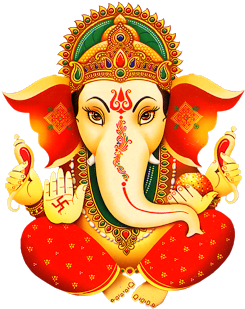What is a Horoscope?
We consult astrologers to get a reading of our birth chart. But what exactly is a birth chart? What does that paper, booklet or pdf actually mean?
A birth chart is the astronomical version of a photo of the sky when you were born. It represents the position of the Earth and the Grahas (planets) relative to the background of the stars when you were born.


The Rashis
The boxes or triangles of the birth chart represent the different sections of the heavens.
If one were to put the Earth in the middle and then trace the sun’s path as we see it, it would make a big circle of 360 degrees.
We divide the 360 degrees into 12 sections.
360 degrees / 12 = 30 degrees
So, each section, called a Rashi, spans 30 degrees.
The Grahas
The Grahas (or planets as some people call them) used in Jyotish are:
- Surya – Sun
- Chandra – Moon
- Mangal/Chevvai – Mars
- Budh/Budhan – Mercury
- Guru – Jupiter
- Shukra/Shukran – Venus
- Shani – Saturn
- Rahu – North Node of the Moon
- Ketu – South Node of the Moon
The outer planets are not used by most astrologers practising Jyotish, but there are a few exceptions.
Degrees of the Planets/Grahas
Your birth chart will have alphabets representing the Grahas placed in the Rashi boxes. This means that the Graha was seen in that portion of the sky when you were born. The exact point is indicated by the degrees that are printed next to the planet name (sometimes in a table next to the chart)
Retrograde
Some planets may appear (this is important, they only appear to be so) to have been moving away from the Earth at the time of birth and are marked as retrograde. Rahu and Ketu are always retrograde.
What is a Birth Chart?
The birth chart is a pictorial representation of the 12 houses of the zodiac (or Rashis) and the placement of the planets (or Grahas) in them at the time of ‘birth’.
The different formats by which the birth chart is represented are:
- The Western Circle Chart
- The North Indian Diamond Chart
- The South Indian Square Chart
- The East Indian Chart
